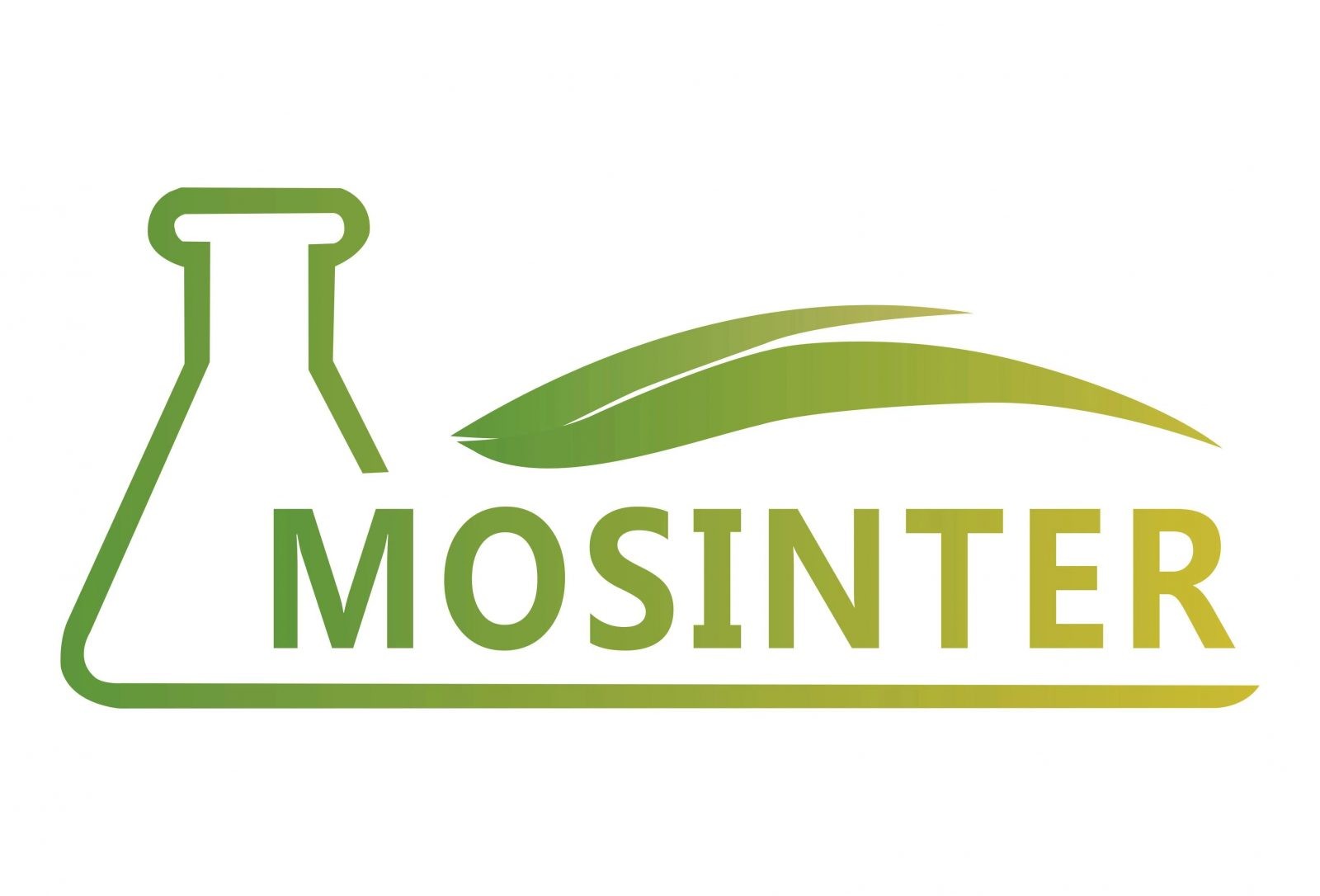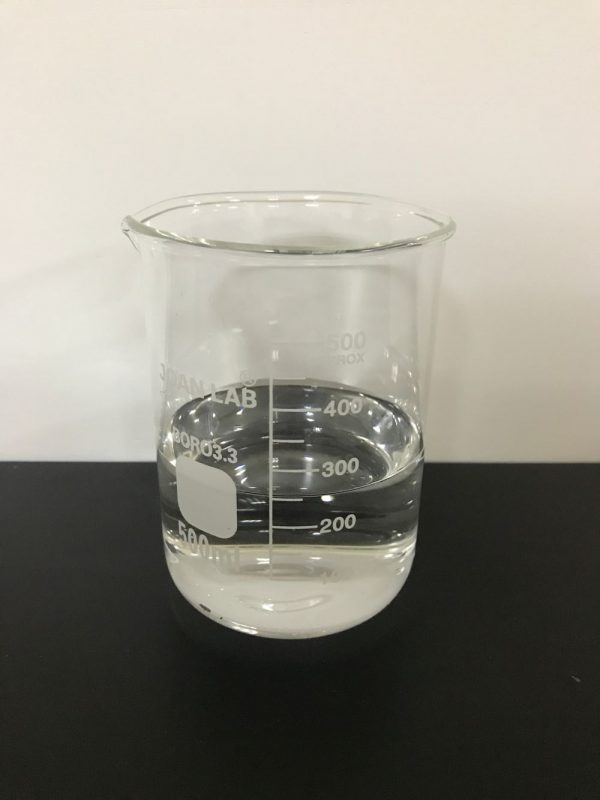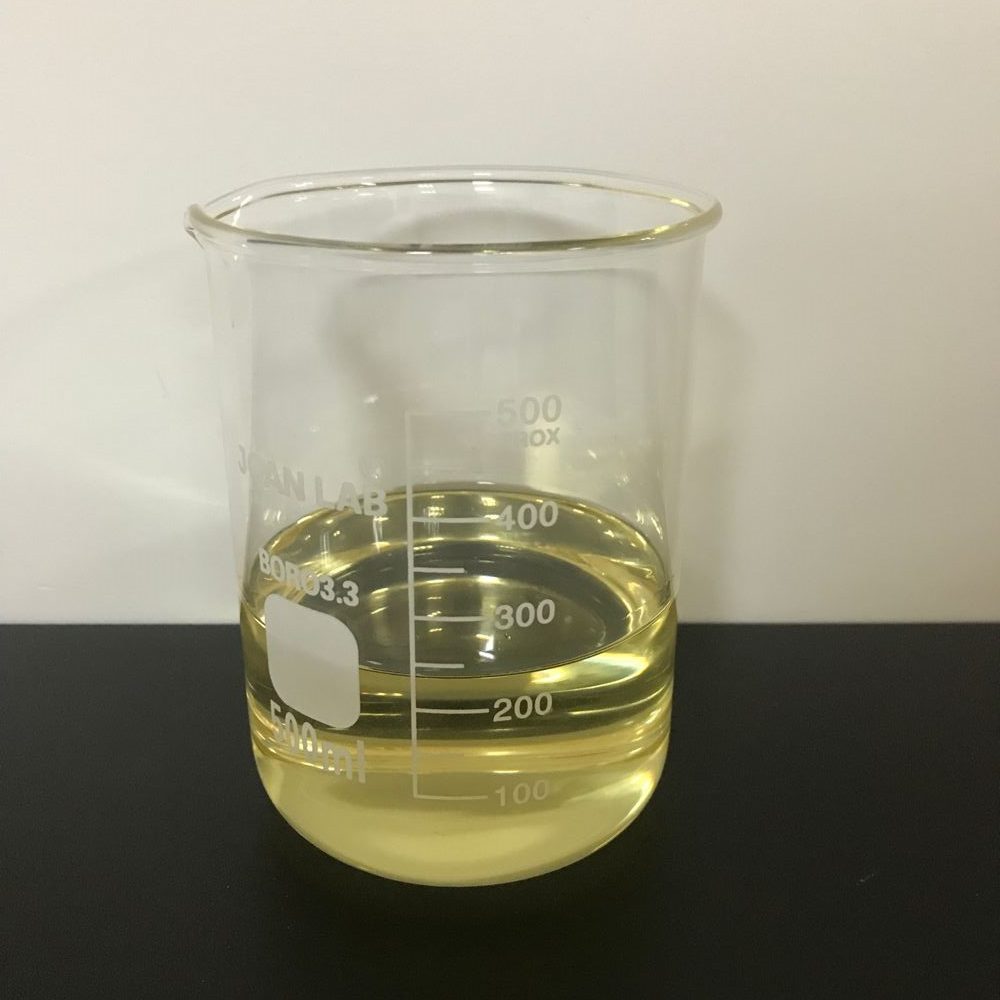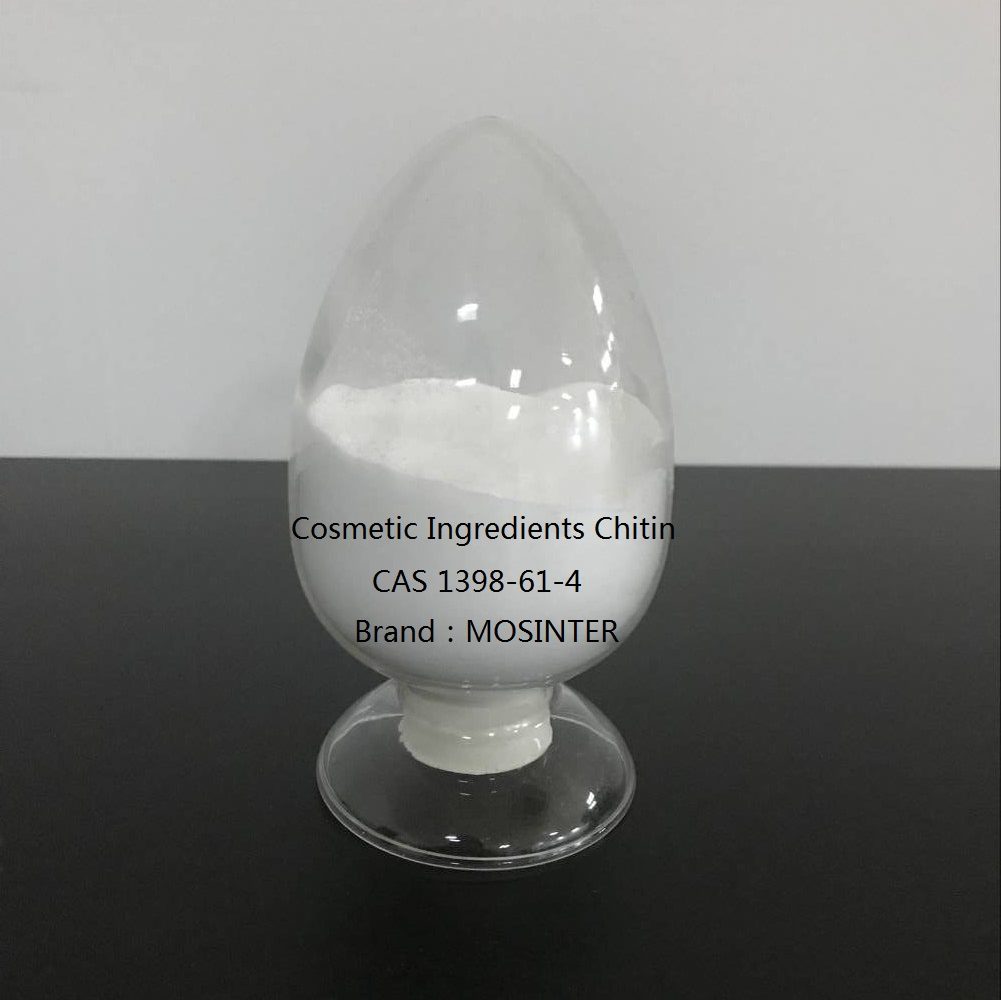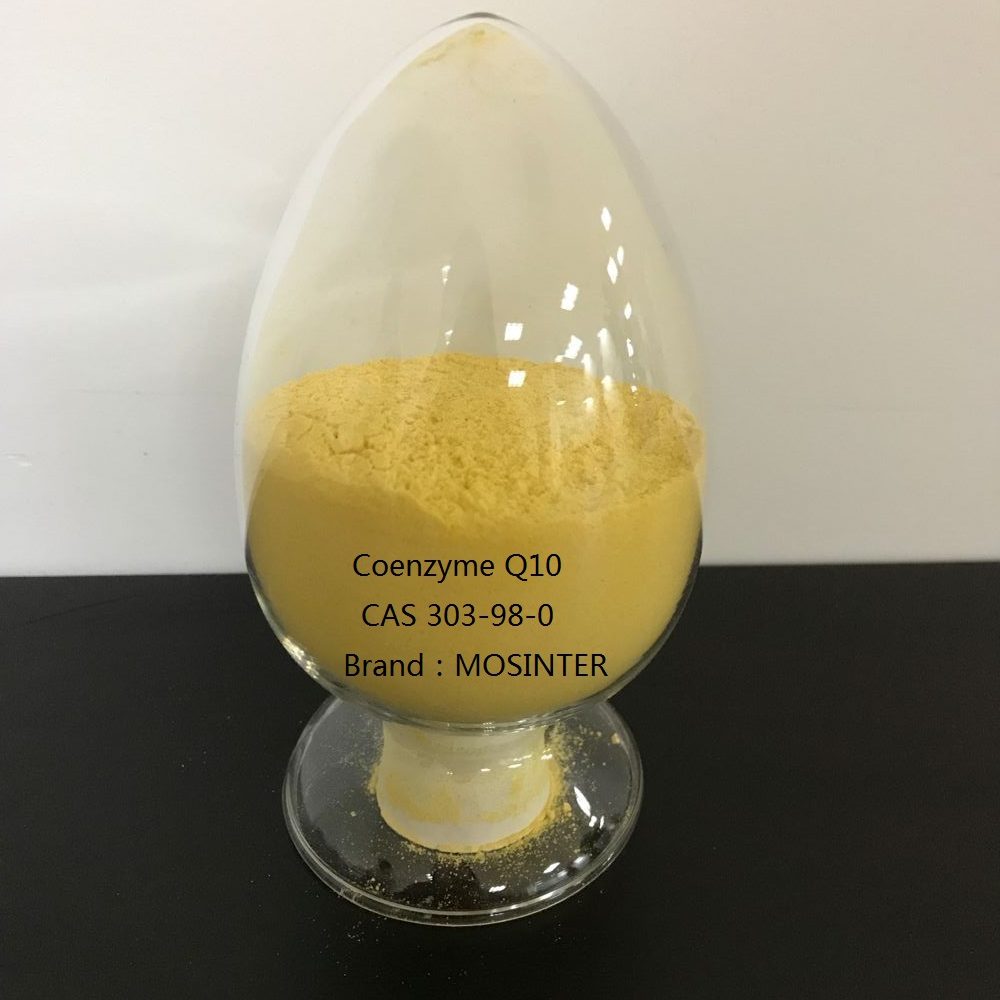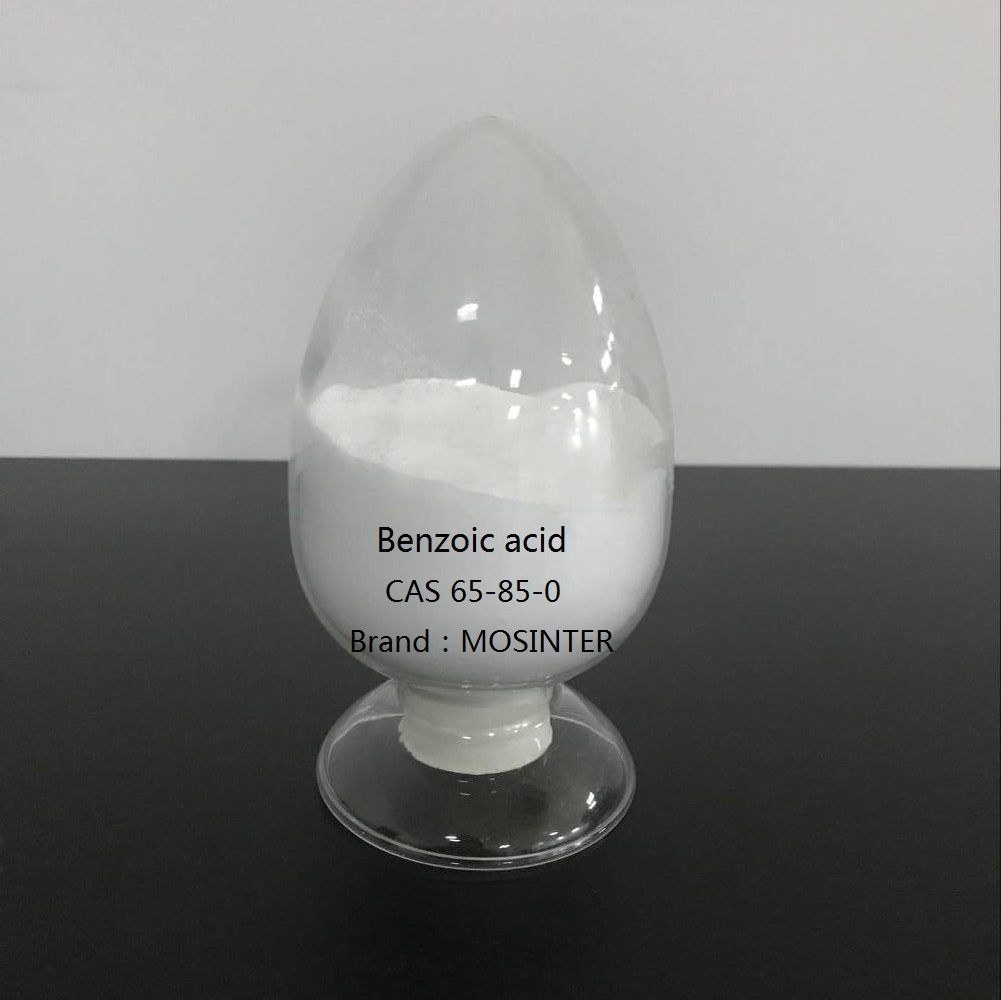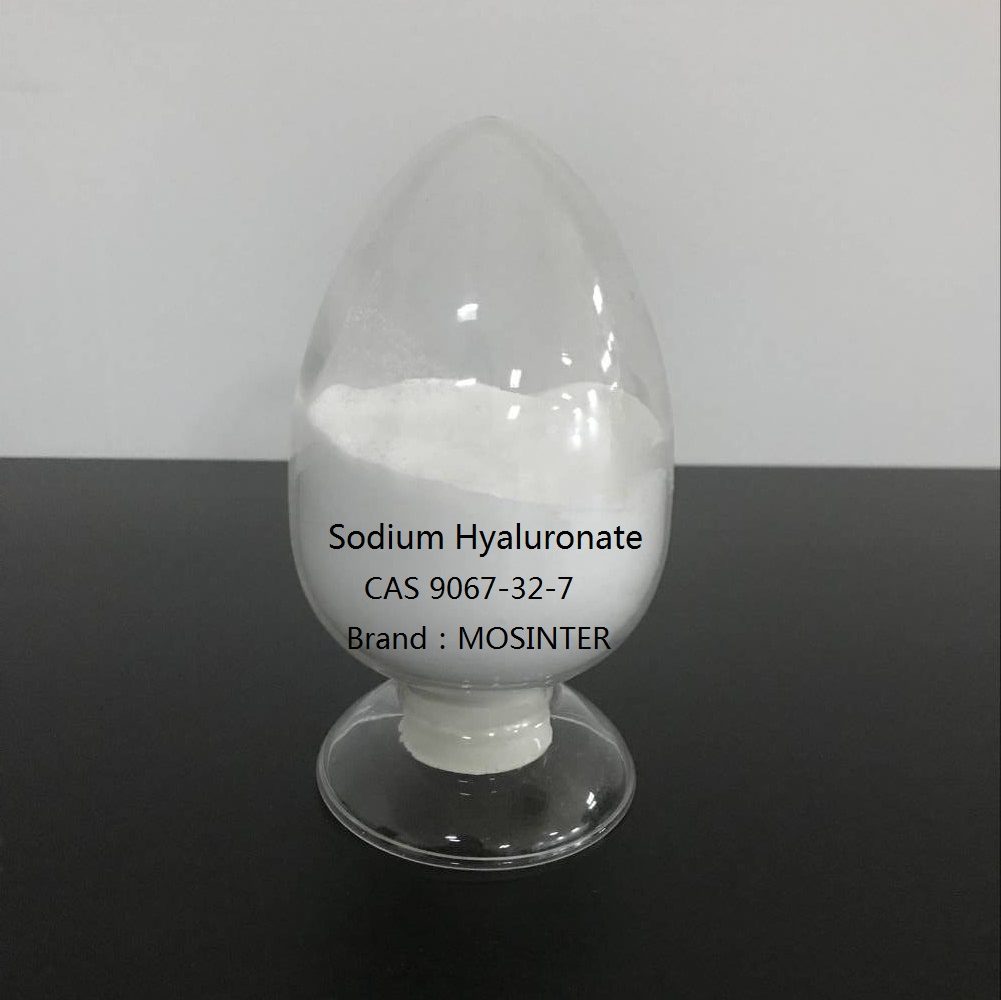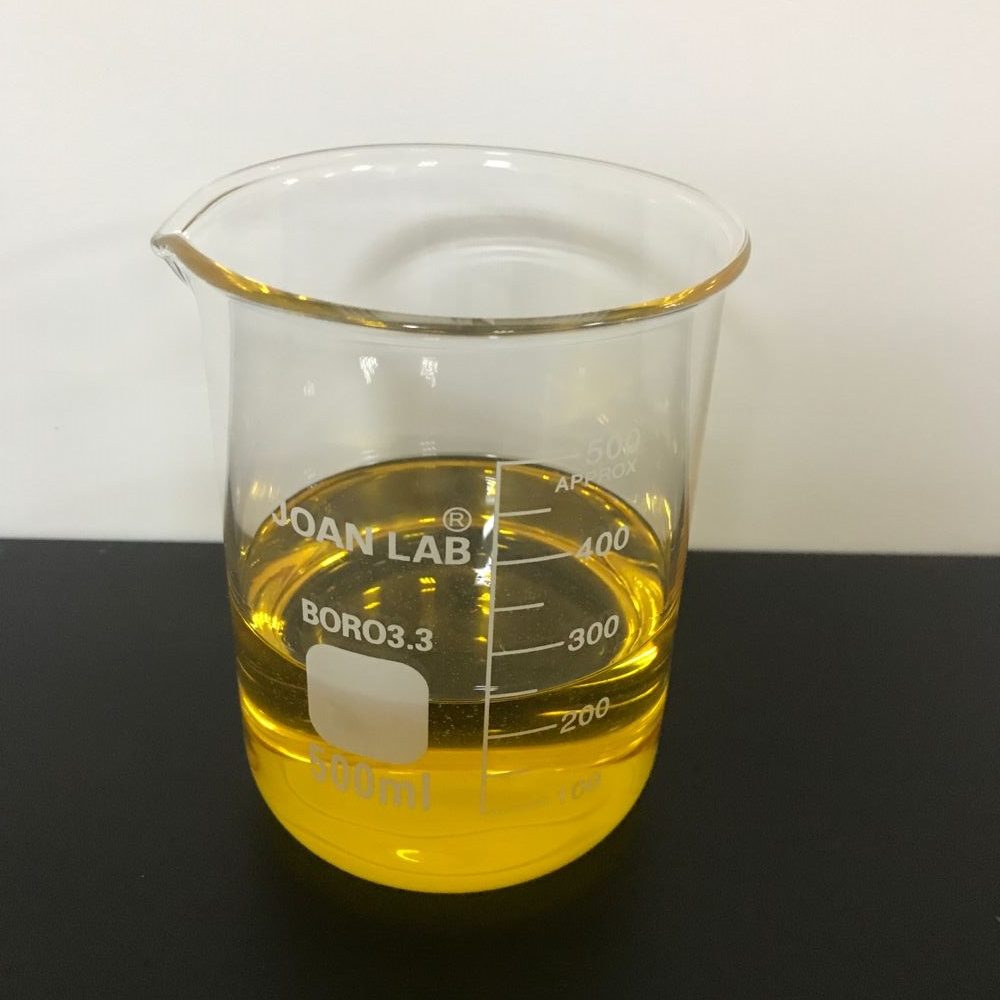- Have any questions?
- +86-189 8930 5995
- sales@mosinterchem.com.cn
DL-Lactic acid CAS 50-21-5

Tocopheryl acetate CAS 7695-91-2
21/12/2018
L(+)-Tartaric Acid CAS 87-69-4
21/12/2018| Model: | MOS 50-21-5 |
| Brand Name: | MOSINTER |
| CAS No.: | 50-21-5 |
| Melting point: | 18°C |
| Boiling point: | 122 °C15 mm Hg(lit.) |
| Density: | 1.209 g/mL at 25 °C |
| Specific rotation: | -0.05 º (c= neat 25 ºC) |
| Refractive index: | n20/D 1.4262 |
| Flashing point: | >230 °F |
| Storage condition: | 2-8°C |
| Form: | syrup |
| Soluble: | SOLUBLE |
DL-Lactic acid (CAS: 50-21-5)
| Item | Index |
| Appearance | Colorless to light yellow liquid |
| Melting point | 18°C |
| Boiling point | 122 °C15 mm Hg(lit.) |
| Flash point | >230 °F |
| Density | 1.209 g/mL at 25 °C |
| Refractive index | n20/D 1.4262 |
| Storage Condition | 2-8°C |
Lactic acid is a chemical compound that plays a role in various biochemical processes and was first isolated
in 1780 by the Swedish chemist Carl Wilhelm Scheele. Lactic acid is a carboxylic acid with the chemical
formula C3H6O3. It has ahydroxyl group adjacent to the carboxyl group, making it an alpha hydroxy acid (AHA).
In solution, it can lose a proton from the carboxyl group, producing the lactate ion CH3CH(OH)COO−. Compared
to acetic acid, its pKa is 1 unit less, meaning lactic acid deprotonates ten times more easily than acetic acid does.
This higher acidity is the consequence of the intramolecular hydrogen bridge between the α-hydroxyl and the carboxylate
group, making the latter less capable of strongly attracting its proton.
Lactic acid is miscible with water and with ethanol, and is hygroscopic.
Lactic acid is chiral and has two optical isomers. One is known as L-(+)-lactic acid or (S)-lactic acid and the other,
its mirror image, is D-(−)-lactic acid or (R)-lactic acid.
In animals, L-lactate is constantly produced from pyruvate via the enzyme lactate dehydrogenase (LDH) in a process
offermentation during normal metabolism and exercise. It does not increase in concentration until the rate of lactate
production exceeds the rate of lactate removal, which is governed by a number of factors, including monocarboxylate
transporters, concentration and isoform of LDH, and oxidative capacity of tissues. The concentration of blood lactate
is usually 1–2 mmol/L at rest, but can rise to over 20 mmol/L during intense exertion.
In industry, lactic acid fermentation is performed by lactic acid bacteria, which convert glucose and sucrose to lactic
acid. These bacteria can also grow in the mouth; the acid they produce is responsible for the tooth decay known ascaries.
In medicine, lactate is one of the main components of lactated Ringer’s solution and Hartmann’s solution. Theseintravenous
fluids consist of sodium and potassium cations along with lactate and chloride anions in solution with distilled water,
generally in concentrations isotonic with human blood. It is most commonly used for fluid resuscitationafter blood
loss due to trauma, surgery, or burn injury.
Pharmaceutical and cosmetic applications
Lactic acid is also employed in pharmaceutical technology to produce water-soluble lactates from otherwise-insoluble active ingredients. It finds further use in topical preparations and cosmetics to adjust acidity and for
its disinfectant and keratolytic properties.
